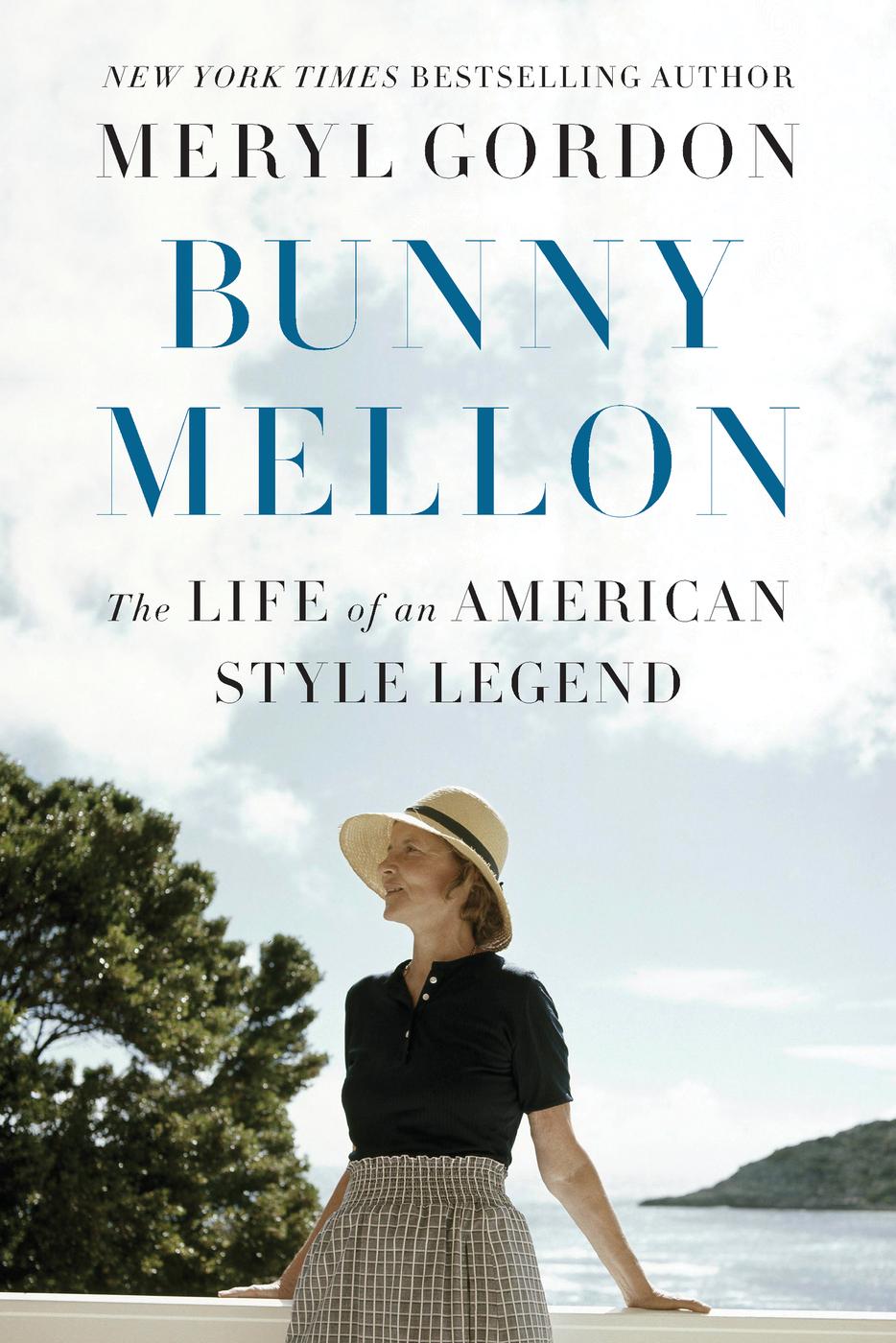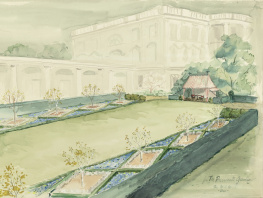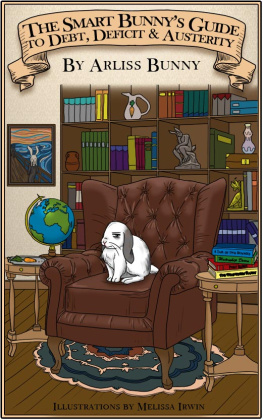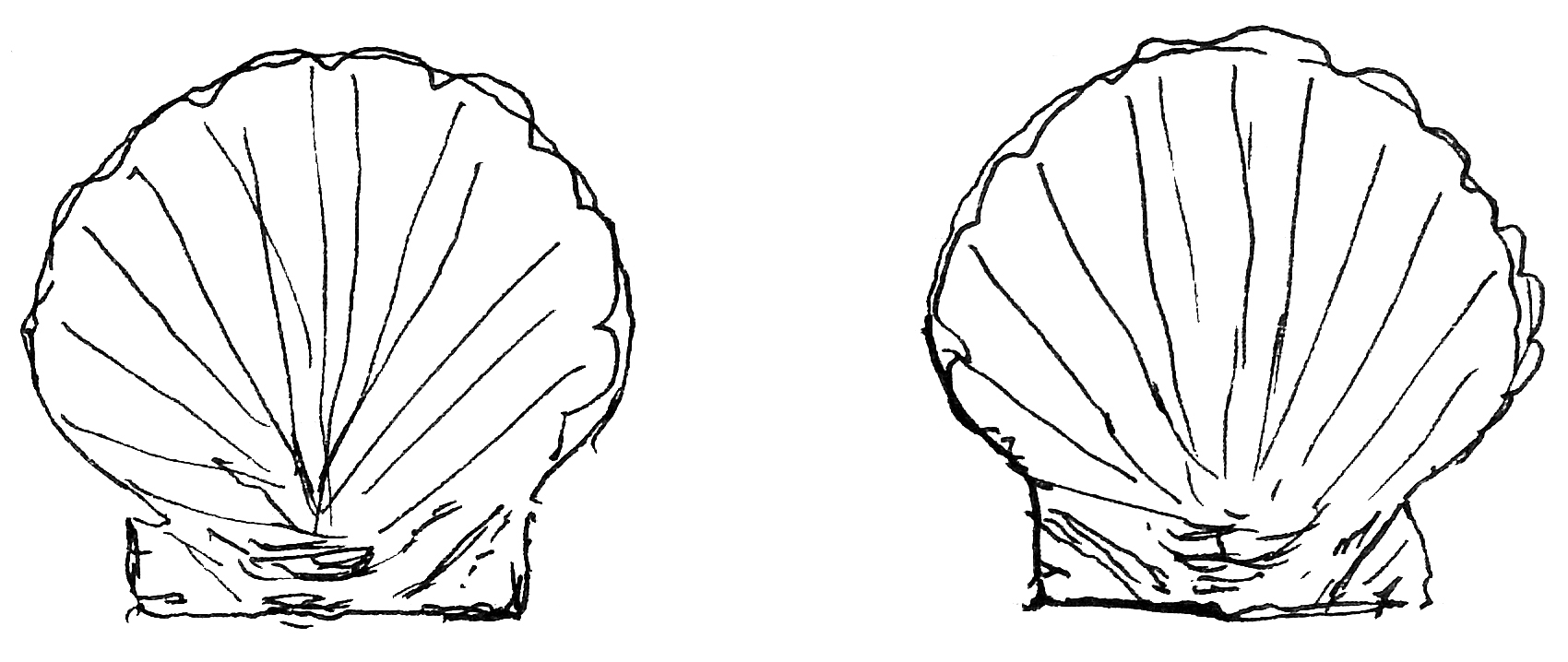
Copyright 2017 by Meryl Gordon
Design by Gabriele Wilson. Cover copyright 2017 by Hachette Book Group, Inc.
Hachette Book Group supports the right to free expression and the value of copyright. The purpose of copyright is to encourage writers and artists to produce the creative works that enrich our culture.
The scanning, uploading, and distribution of this book without permission is a theft of the authors intellectual property. If you would like permission to use material from the book (other than for review purposes), please contact permissions@hbgusa.com. Thank you for your support of the authors rights.
Grand Central Publishing
Hachette Book Group
1290 Avenue of the Americas, New York, NY 10104
grandcentralpublishing.com
twitter.com/grandcentralpub
First Edition: September 2017
Grand Central Publishing is a division of Hachette Book Group, Inc. The Grand Central Publishing name and logo is a trademark of Hachette Book Group, Inc.
The publisher is not responsible for websites (or their content) that are not owned by the publisher.
The Hachette Speakers Bureau provides a wide range of authors for speaking events. To find out more, go to www.hachettespeakersbureau.com or call (866) 376-6591.
Endpapers copyright Gerard B. Lambert Foundation.
Title page and chapter illustrations by Bunny Mellon, copyright Gerard B. Lambert Foundation.
Print interior book design by Thomas Louie.
Library of Congress Cataloging-in-Publication Data
Names: Gordon, Meryl, author.
Title: Bunny Mellon : The Life of an American Style Legend / Meryl Gordon.
Description: First edition. | New York : Grand Central Publishing, 2017. |
Includes bibliographical references and index.
Identifiers: LCCN 2017016493| ISBN 9781455588749 (hardback) | ISBN
9781478976905 (audio download) | ISBN 9781455588732 (ebook)
Subjects: LCSH: Mellon, Paul, Mrs. | Upper class womenUnited
StatesBiography. | GardenersUnited StatesBiography. | Women
gardenersUnited StatesBiography. | PhilanthropistsUnited
StatesBiography. | Women philanthropistsUnited StatesBiography. |
BISAC: BIOGRAPHY & AUTOBIOGRAPHY / Rich & Famous. | HISTORY / United
States / 20th Century. | BIOGRAPHY & AUTOBIOGRAPHY / Political.
Classification: LCC CT275.M469122 G67 2017 | DDC 361.7/4092 [B] dc23
LC record available at https://lccn.loc.gov/2017016493
ISBNs: 978-1-4555-8874-9 (hardcover), 978-1-4555-8873-2 (ebook)
E3-20170614-DANF
To Walter
Time After Time
Bunny Mellon would always remember where she wasand how she feltwhen she got the phone call that transformed her life. The year was 1961, and on that sunny August morning, Bunny was sitting in her four-poster bed at her summer home on the privately owned island of Oyster Harbors in Cape Cod, gazing at the water and looking forward to the day ahead.
The estate that she shared with her second husband, Paul Mellon, the heir to the Pittsburgh banking and oil fortune, served as an impressive showcase for the couples passions. As president of the National Gallery, Paul consumed art, buying troves of paintings by British artists (Stubbs, Turner); Impressionists (Renoir, Degas, Czanne, Monet); and American artists (Sargent, Homer). The Cape Cod house had such a deceptively cozy money-whispers ambiencewooden ship models, antique duck decoys, quilts on the bedsthat visitors were often startled to see the masterpieces on the walls.
An ardent gardener, Bunny had tamed the property with so many cultivated plots of flower beds and vegetables that it took nine employees to tend them. Walking amid the colorful landscape, Paul would indulgently joke with the gardeners, Is this one of my $1,000 tomatoes?
His wife had fallen in love with flowers as a child, drawn to the gardens and fields of wildflowers at her wealthy familys properties, which included beachfront rentals in the Hamptons, a New Hampshire farm, and a sprawling two-hundred-acre estate in Princeton, New Jersey. Bunnys paternal grandfather had licensed and named Listerine, and her advertising genius father, Gerard Lambert, popularized the antiseptic as the cure to the social malady that he invented, halitosis. Born in 1910, the oldest of three children, Bunny found refuge in nature from a household with bickering parents, hovering servants, and an excruciating sibling rivalry with her gorgeous younger sister. Bunny read her fathers gardening books and was given her own land to tend. I always had a garden, she recalled, first a very small square with an enormous sundial that I had spent all my allowance on.
Now, at age fifty-one, slender and perfectly groomed, Bunny reveled in creating magnificent outdoor landscapes and unusual floral arrangements. Her Cape Cod property paled in comparison to the couples full-time residence, a nearly five-thousand-acre Virginia horse farm with football-field-sized gardens and gigantic greenhouses filled with exotic plants. The greenhouses went on and on and on, says Lee Radziwill, the younger sister of Jackie Kennedy. Flowers from Sicily, flowers from South America, she sent her top gardener everywhere, she told me.
Bunny prowled the grounds at her homes in couture Balenciaga gardening clothes, pruning shears in hand. She knew the Latin names of flowers and plants and collected rare books on horticulture. On Cape Cod, she banned the local hardy favorite, hydrangea, in favor of blue salvia, achillea, and sweet peas. Paul Mellon would later admiringly say of his wife, The thing I envy about Bunny is that from the age of five or six, her entire life has been occupied by horticulture, by one consuming thing.
Described in society columns as a style-setter, she embraced such discreet Im-so-rich-I-dont-have-to-flaunt-it trends as wearing a gabardine coat lined with mink and customizing her Christian Dior handbags with gold Schlumberger clasps and a hidden gold monogram. Bunny could slip into couture gowns and adorn herself with formidable jewelrySchlumberger, Verdura, Van Cleef & Arpels, Tiffanysto play the perfect hostess. Just a few years earlier, she and Paul had entertained the Queen of England and Prince Philip at the farm.
Yet she was happiest outdoors, gardening or sketching. In her journals and letters, she wrote lyrically about the fragile opening of a flower petal, seeing the dew at dawn and the change of seasons. In a typical note to her daughter, Eliza, Bunny included a whimsical sketch of wildflowers stretching upward, with a description: This is how I feel the flowers feel on the first day of summer. It is hot and the air is filled with insect songs. The day stays light and the colors come together like a summer mist.
She savored imperfect perfection. At her behest, trees were pruned into rounded shapes, yet she wanted her grounds to reflect the seasons. Woe to the gardener who raked up apples lying on the ground. The errant staffer was ordered to empty the barrels and put the fruit back. The flagstones on her Cape Cod garden terrace were spaced to allow weeds to artfully spring up. On any of her properties, anything youd see would be perfect but it wouldnt seem manipulated, it would seem natural, says Sam Kasten, a master weaver who produced fabrics for the Mellons homes. Bunny wanted to exert control over her environment yet give the illusion that everything was effortless. Her favorite saying was: Nothing should be noticed.














